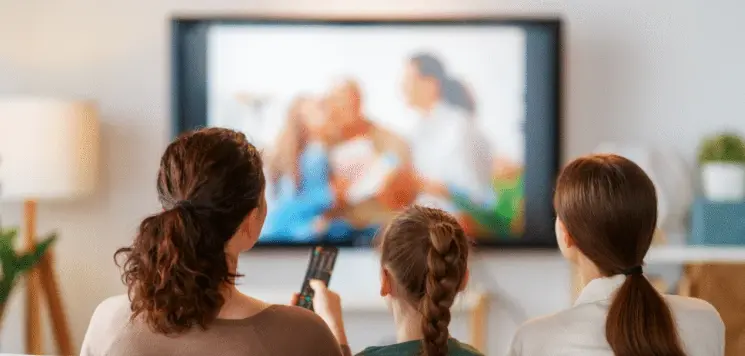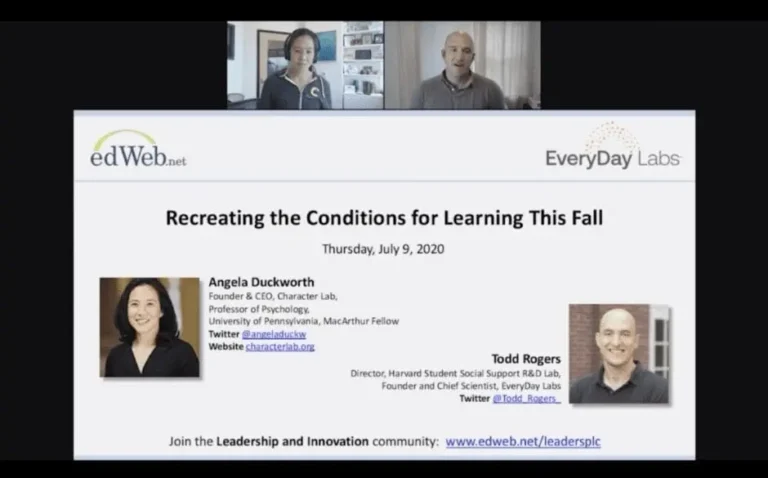Expert Tips to Find the Best Educational Shows for Kids
Picture this: remote in hand, you’ve got exactly five minutes before screen time kicks off. But what should you actually put on? Every parent knows this familiar dance—you want your kids to unwind, but the thought of them zoning out to empty content makes you cringe.
Hunting down the best educational shows for kids shouldn’t feel like navigating a maze. Given the sheer number of programs that slap on an “educational” label, distinguishing real learning opportunities from glossy distractions becomes tricky. Let’s dig into actionable tactics that’ll help you choose what your children watch with genuine confidence.
Age-Appropriate Content Selection Strategies
Getting the developmental match right? That’s your starting point for smart viewing choices. What mesmerizes a seven-year-old might put a toddler to sleep in seconds—and the reverse holds true too.
Understanding Developmental Stages
Toddlers between 2-3 years need uncomplicated storylines with repetition and vibrant, clear imagery. Their focus typically lasts 5-10 minutes max, making bite-sized episodes your best bet. Research finds that simply changing the content of what children were watching resulted in improved social skills and better behavior for children.
Preschoolers (3-5 range) can digest moderately complex narratives featuring problem-solving scenarios. Since they’re absorbing vocabulary like sponges, programs introducing new words through natural context become invaluable.
Screen Time Guidelines That Actually Work
Here’s the truth: quality trumps rigid time restrictions every single time. The American Academy of Pediatrics pushes co-viewing whenever feasible, transforming passive consumption into engaged learning. When you’re checking out an educational series for kids, sit through at least that first episode together to assess whether it clicks with your child and meets your standards.
Balance is everything. Educational programming mixed with pure entertainment gives kids the necessary breathing room. Establishing specific learning windows helps children differentiate between “watch-to-learn” and “watch-to-chill” moments.
Tailoring Content Complexity
Early elementary children (5-7) can track multi-episode narratives and understand cause-and-effect chains. Older kids (8-12) thrive with programs presenting sophisticated concepts across science, history, and social understanding. They’re prepared for content that stretches their thinking without pushing them into frustration territory.
Key Quality Indicators of Top Kids Educational Programs
Every show claims to be “educational” these days. So what actually separates meaningful learning content from clever marketing spin?
Research-Backed Development Methods
Hunt for programs built alongside child psychologists and curriculum designers. Top kids educational programs typically highlight their advisory panels or university collaborations upfront. When creators partner with educators from respected institutions like Boston University’s Wheelock College, you’re likely getting content rooted in solid developmental science.
Does the show reference peer-reviewed research supporting its methods? That transparency signals creators who genuinely care about educational outcomes.
Interactive Elements That Keep Kids Engaged
Programs using direct-address techniques—characters literally talking to your child—dramatically increase engagement. Call-and-response segments where kids answer questions or echo phrases? Those turn passive watching into active participation. Problem-solving pauses give children processing time before solutions appear on screen.
These interactive components help children digest information instead of simply letting it wash over them.
Production Quality Matters More Than You Think
Age-appropriate pacing prevents sensory overload while keeping interest alive. Purposeful visuals and thoughtful color palettes support learning without creating chaos. Quality voice acting paired with balanced audio lets children concentrate on substance rather than getting distracted by jarring sound design.
Animation versus live-action? It depends on your child’s preferences and the material being covered—both formats work beautifully when executed properly.
Essential Subject Areas to Prioritize in Kids’ Learning Shows
Certain content domains build foundational abilities that serve children across every learning area. Understanding what to emphasize helps you make strategic picks.
STEAM Education Focus
Science exploration through hands-on experiments builds critical thinking muscles. Technology fundamentals introduce digital literacy concepts kids absolutely need for contemporary life. Engineering principles teach problem-solving frameworks that extend far beyond specific situations.
Arts integration nurtures creativity while simultaneously reinforcing other subjects simultaneously. Mathematics woven through storytelling transforms abstract ideas into tangible, relatable concepts.
Social-Emotional Learning Components
Emotional intelligence development teaches children to recognize and manage their feelings effectively. Conflict resolution abilities and empathy cultivation prepare kids for genuine social interactions. Representation showcasing diverse backgrounds teaches inclusion naturally while expanding worldviews.
Character-driven storylines model age-appropriate moral reasoning in ways kids can grasp.
Literacy and Language Development
Research finds that children show more learning of literacy skills after watching Super Why versus a science program. Phonics instruction and early reading skills establish the groundwork for academic achievement. Vocabulary growth through contextual clues helps children decode new words organically.
Multilingual programming provides exposure to different languages during those critical learning windows.
Practical Vetting Process for How to Choose Educational Shows
Having a systematic method eliminates guesswork from content selection. Here’s your step-by-step process you can start using right now.
Pre-Screening Checklist for Parents
Begin with Common Sense Media ratings for a quick snapshot of age-appropriateness and content concerns. Preview at least one complete episode yourself before your child sees it. Scan parent reviews with laser focus on actual learning results rather than entertainment value alone.
Tap into educator recommendations whenever possible—teachers typically know which shows reinforce classroom learning.
Trial Period Assessment Methods
Observe your child’s engagement during viewing. Are questions flowing? Are they making connections to other knowledge? Or are their eyes glazing over? Post-viewing conversations reveal retention and comprehension levels. Invite them to explain what unfolded or what new things they discovered.
Notice whether show themes surface in their play or discussions later. This application signals genuine learning is taking place.
Creating Your Family’s Custom Rating System
Build criteria reflecting your family’s values and your child’s specific learning objectives. Rate programs on educational merit, entertainment equilibrium, and age-suitability. This personalized framework ensures your selections align with what truly matters in your household.
Maximizing Educational Value Beyond Passive Viewing
Choosing well is just the foundation—how children consume content matters enormously. These approaches transform screen time into authentic learning experiences.
Co-Viewing Best Practices
Pose open-ended questions during natural pauses: “What’s your prediction for what happens next?” or “Why do you think that character felt upset?” Link show content to real-world situations your child encounters. Critical thinking flourishes when you guide children through analyzing what they’re viewing.
Reinforcement activities stretch learning beyond the screen’s boundaries.
Extension Activities and Hands-On Learning
Convert show themes into craft projects or kitchen-table experiments. When a program introduces a science principle, recreate a simplified version together at home. Match episodes with related books that deepen comprehension. Many shows provide companion apps reinforcing concepts through interactive exploration.
These extensions solidify learning through multiple pathways.
Building a Structured Viewing Schedule
Set specific slots for educational viewing versus pure relaxation content. Cycle through various kids learning shows to maintain freshness and address multiple learning targets. Balance screen-based learning with abundant screen-free activities.
Consistency helps children grasp expectations surrounding media habits.
Common Questions About Educational Shows
At what age should children start watching educational shows?
Children as young as 18 months can gain from thoughtfully selected educational content when parents co-view and discuss what’s happening. Quality outweighs starting age, though limiting total screen time for very young children stays important.
How can I tell if my child is actually learning from a show?
Listen for mentions of show content during playtime or everyday conversation. Invite them to explain concepts introduced in episodes. Genuine learning surfaces when children apply ideas in fresh contexts or raise follow-up questions about subjects.
Are YouTube educational channels as effective as produced TV shows?
Quality swings wildly on YouTube. Well-crafted channels from credible creators can rival traditional programming, but you’ll need to scrutinize content more thoroughly. Search for channels developed by educators with consistent production quality and transparent learning goals.
Final Thoughts on Selecting Quality Educational Content
Discovering the best educational shows for kids boils down to grasping your child’s developmental stage and vetting content methodically. Perfection isn’t the goal—even seasoned parents sometimes choose programs that flop. What counts is maintaining a framework for informed decisions and staying flexible based on what you observe.
Quality educational content lives across numerous platforms and formats. By prioritizing programs with research-supported approaches, interactive components, and suitable subject matter, you’re positioning your child for screen time that genuinely enriches their development. The intentional choices you make today shape how they’ll interact with the media for years to come.
Also Read






